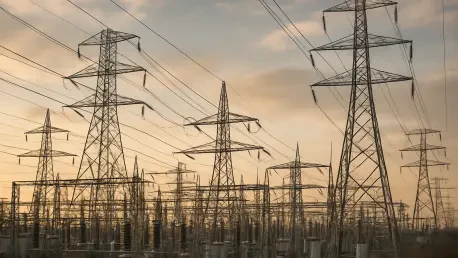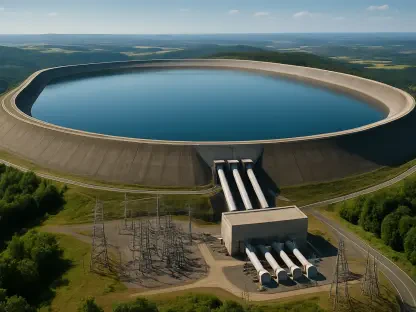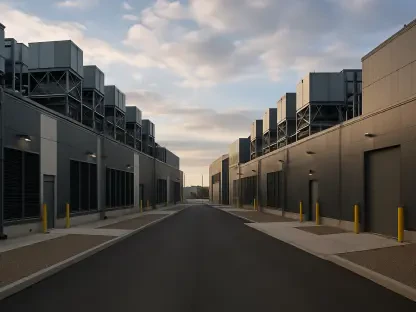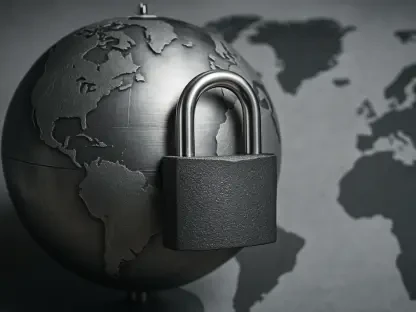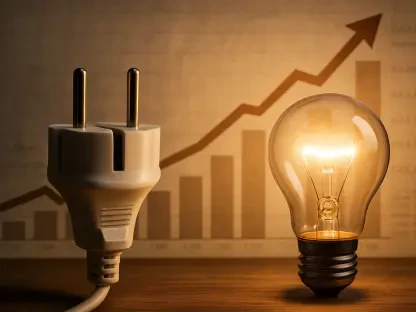Electric utilities stand at a critical juncture as they grapple with escalating legal pressures due to climate change. These companies are essential to modern life, yet they contribute significantly to global greenhouse gas emissions. With increasing scrutiny from governmental bodies and rising public demand for sustainable energy, electric utilities are in a race to redefine their operations. Here, we analyze the major market trends, challenges, and opportunities that define the electric utility sector’s response to climate liability concerns.
A Market on the Brink of Transformation
The quest for cleaner, sustainable energy sources is no longer an aspirational goal but an industry imperative. Electric utilities face substantial financial and legal risks as municipalities, such as those in North Carolina, pursue litigation against companies like Duke Energy for climate-related liabilities. This shift is reshaping the market landscape, demanding an accelerated transition toward renewable energy. The industry is witnessing unprecedented changes, driven by both regulatory pressures and technological advancements.
The Rising Tide of Climate Litigation
Legal Pressures Reshaping Operational Strategies
Electric utilities are increasingly targeted by climate-related lawsuits that could set significant precedents for the future. The recent case against Duke Energy underscores the emerging trend of legal challenges aimed at holding these companies accountable for their environmental impact. Utilities are being called to task for contributing to climate adaptation costs, such as the construction of seawalls and flood defenses. These legal actions could severely impact the profitability and operational strategies of power providers, prompting them to reassess not only their energy generation mix but also their broader environmental impact.
Regional Variations and Strategic Reactions
Legal risks are not uniform across regions. In states like California, stringent climate regulations are pushing utilities toward adopting more sustainable energy solutions. Meanwhile, in areas less impacted by state-level policies, the pace of transition may vary. Utilities must respond with region-specific strategies that account for local climate vulnerabilities and regulatory environments. The discrepancies in regional legal climates present both challenges and opportunities for innovation and compliance.
Pioneering the Path Forward with Renewable Energy
The transition toward renewable energy presents electric utilities with a formidable challenge, given the current market dependence on fossil fuels. Integrating solar and wind power is complex, particularly in terms of ensuring reliability and managing the economics of upfront investments. Modernizing infrastructure to accommodate new energy sources is equally challenging, often requiring significant upgrades to transmission lines to manage intermittent supply. Nonetheless, forward-looking utilities are seizing this moment to lead the market in green innovation, often exploring new technologies and partnerships to facilitate the transition.
Strategic Alignment with Sustainable Goals
In this climate of rapid change, electric utilities must adopt agile strategies to align with sustainability imperatives. Embracing a diversified energy portfolio, enhancing infrastructure, and collaborating with stakeholders are key components of this strategic shift. Utilities must navigate public sentiment, regulatory changes, and economic constraints while maintaining reliability and safety standards. Successful navigation of these complex dynamics can bolster not only compliance but also consumer trust and brand resilience.
Reflecting on Market Transformations and Future Directions
The electric utility sector is undergoing a profound transformation in response to climate change pressures, revealing both challenges and opportunities. Companies recognize the need to pivot from traditional energy sources to sustainable alternatives to preempt legal liabilities and align with public demand. They are not only rethinking their operational models but also investing in technologies that ensure seamless adaptation to the evolving landscape. The focus is on long-term strategic planning, urging entities to embrace innovation while safeguarding financial stability and regulatory compliance. As these changes continue to unfold, utilities are encouraged to lead by example, setting new standards for sustainability and accountability in the energy domain.
